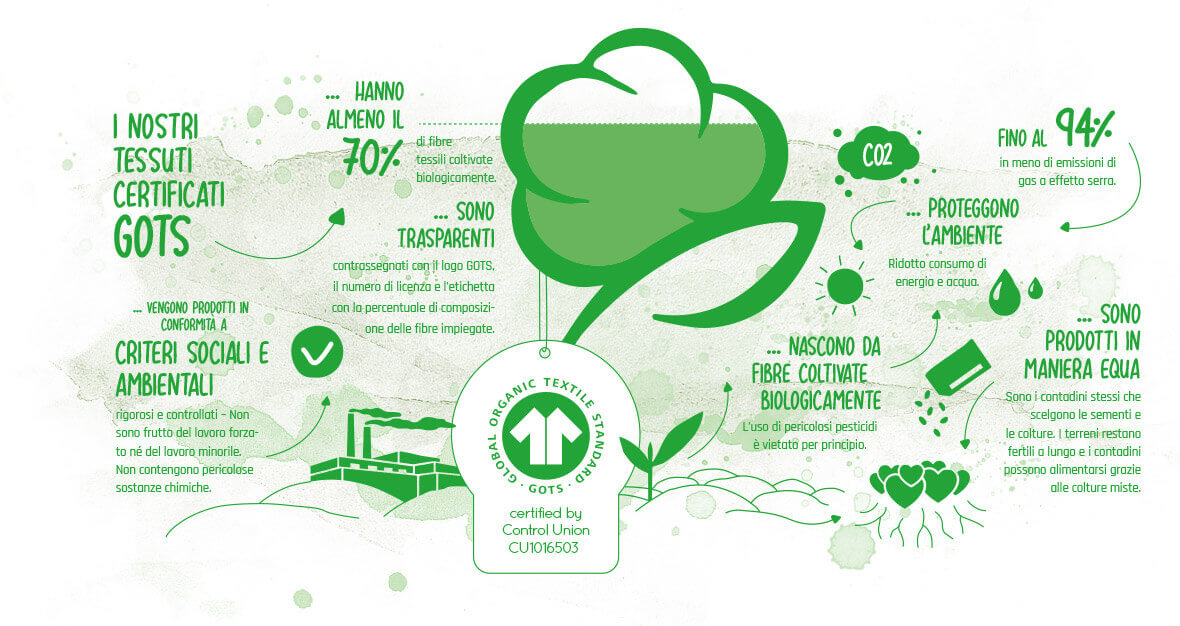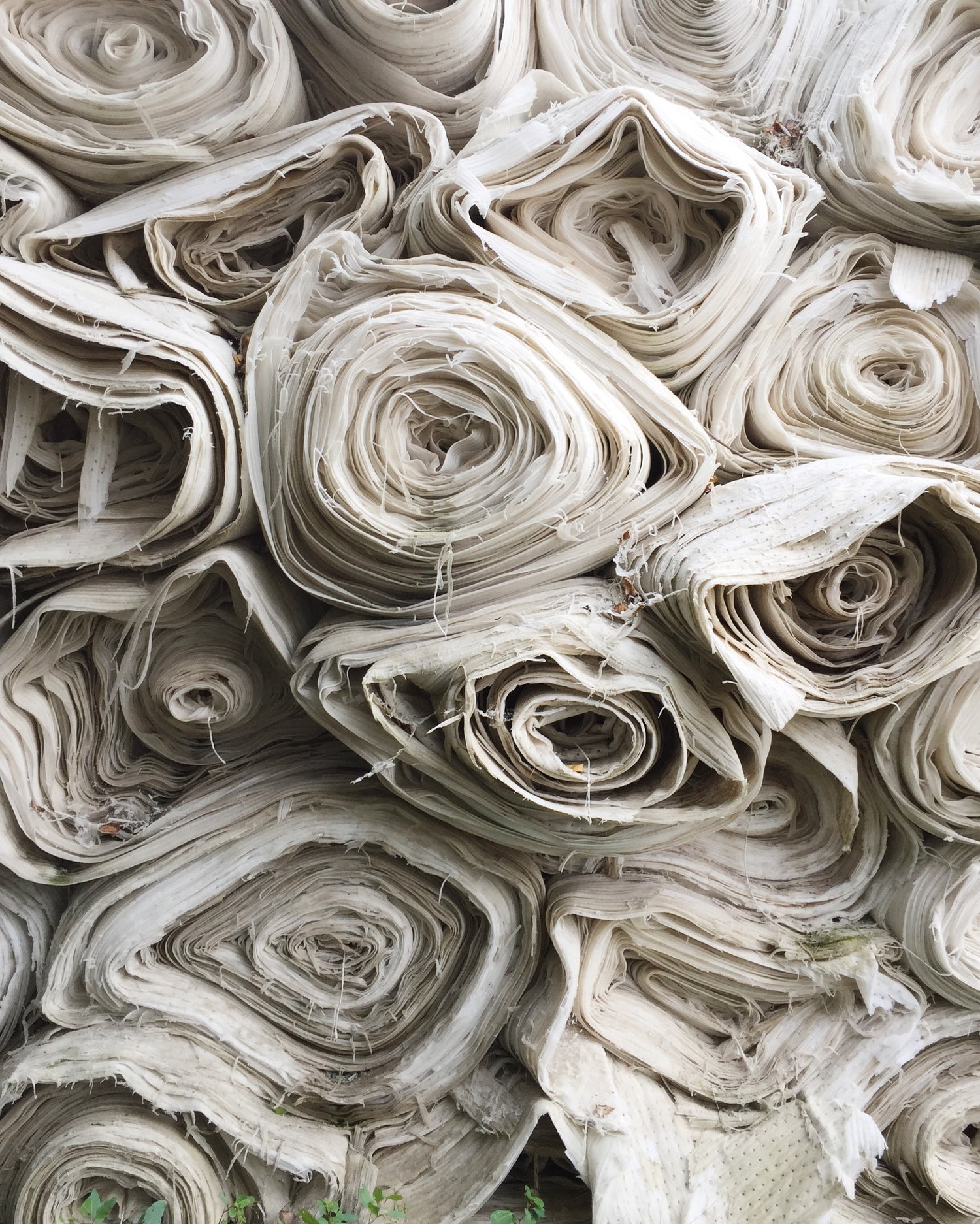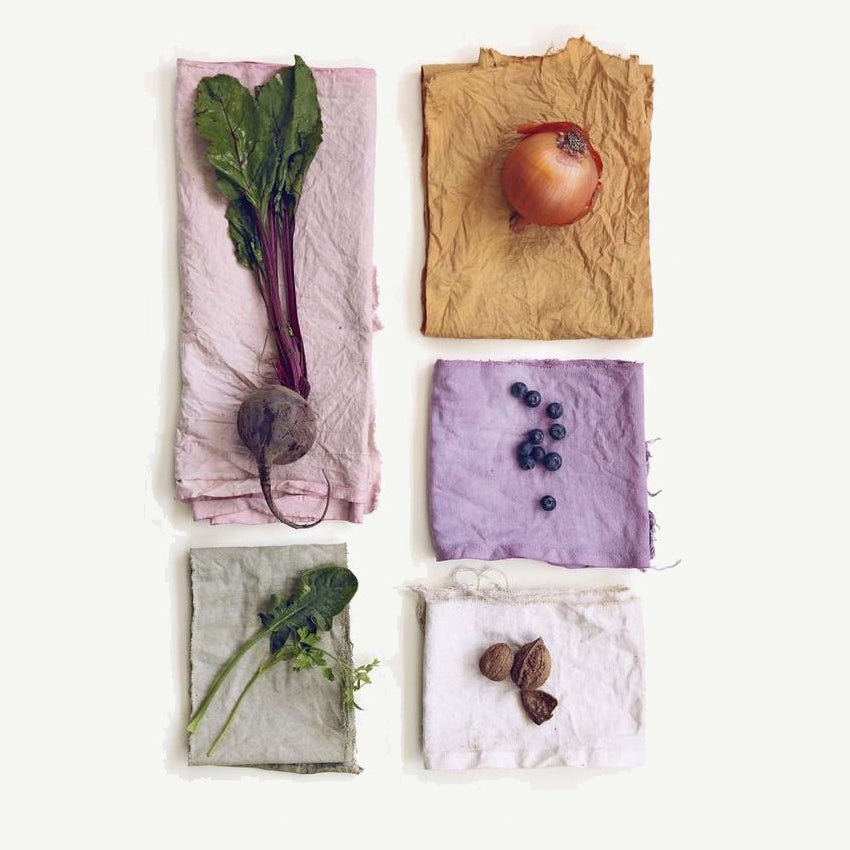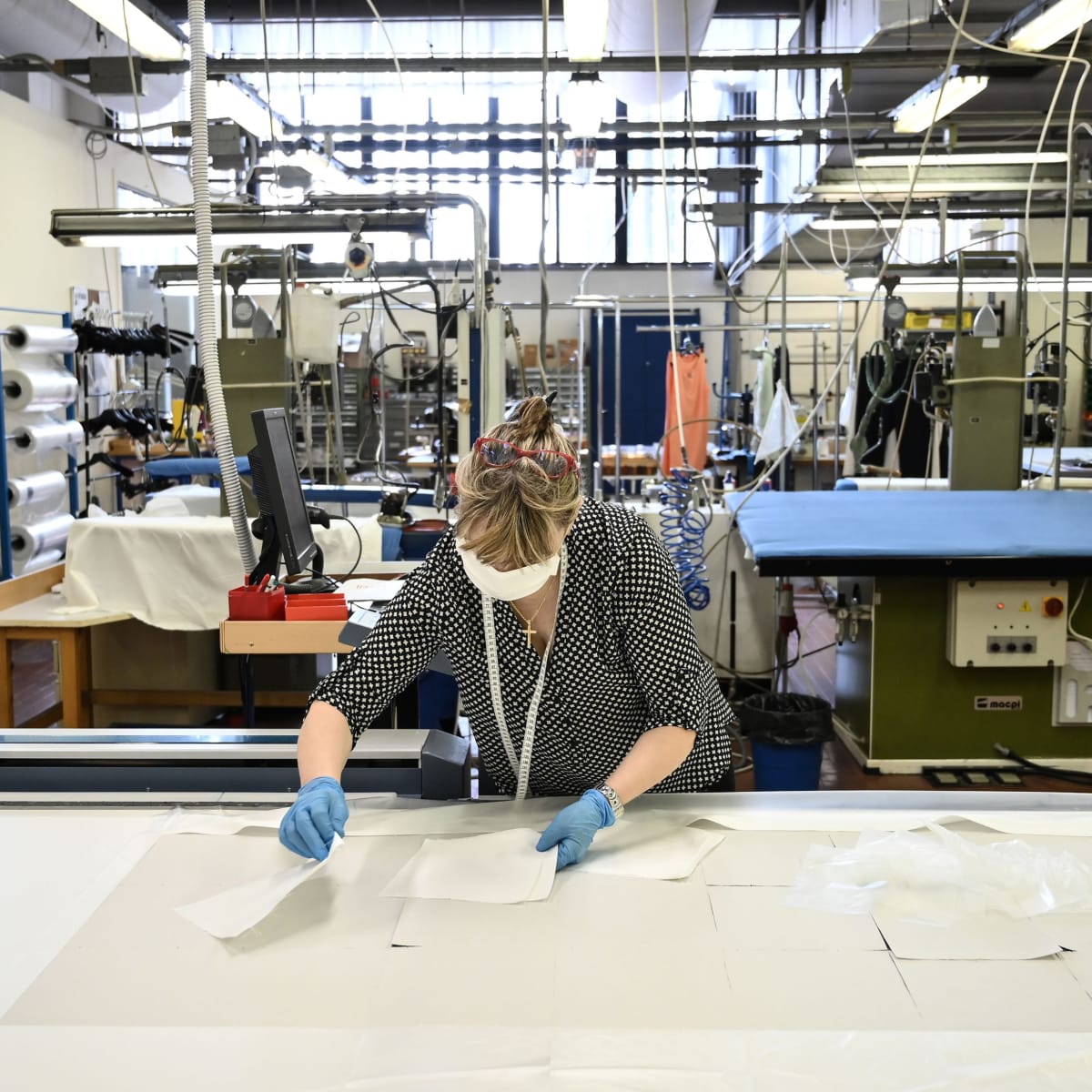Raw material: organic cotton
When we carefully examined the fibers for making our fabrics in order to determine their impact on the environment, we imagined that cotton was "pure" and "natural", since it comes from a plant.
We were only right on the plant. The truth is, there is little pure or natural about cotton when grown in the traditional way.
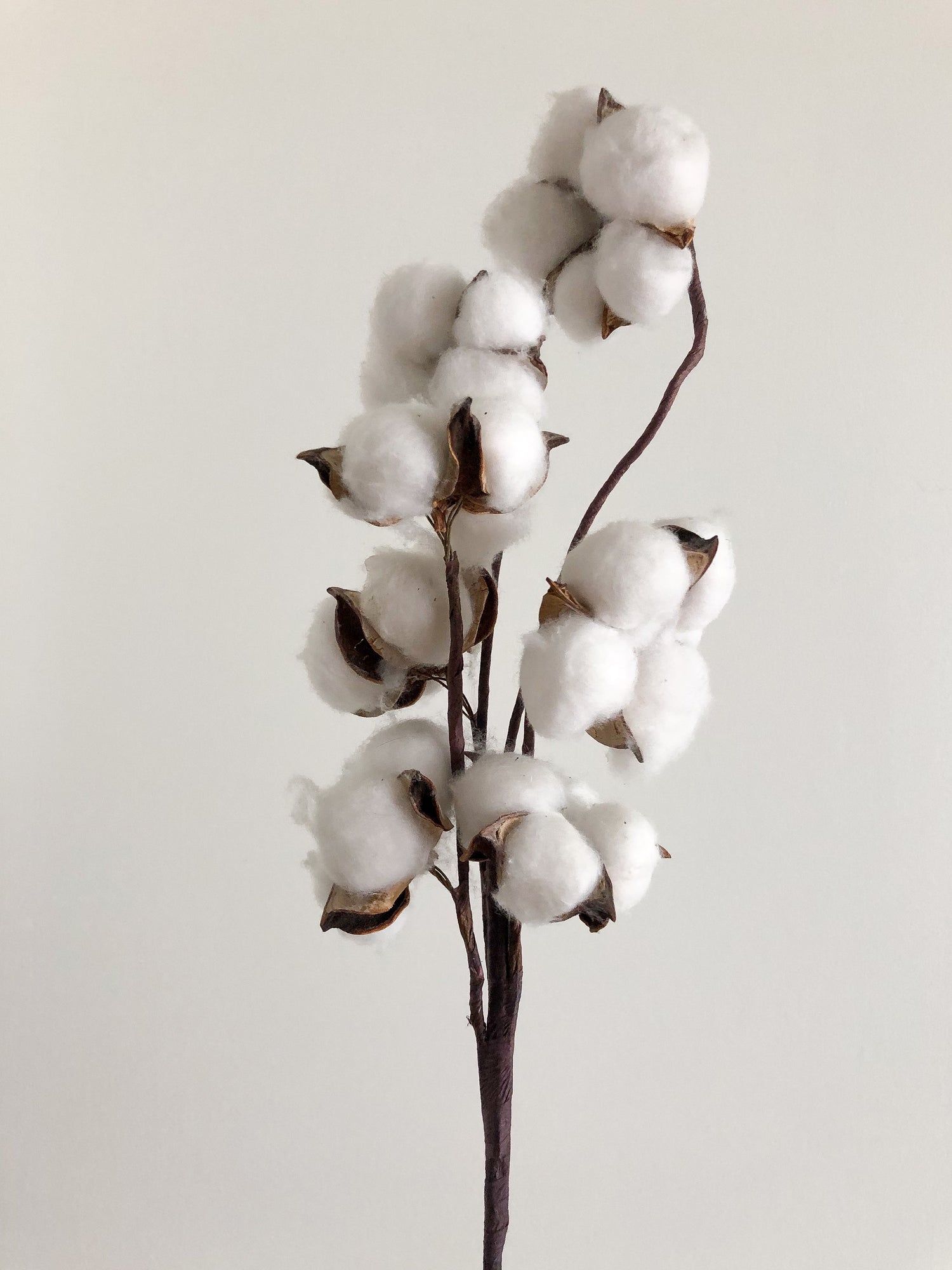
Research
Studies in the early 1990s involving cotton production chains in the United States revealed that 10% of all agricultural chemicals in the United States are used for the production of cotton, the cultivation of which only occupied the country. 1% of agricultural land. Over 3,000 tons of chemicals are dumped on traditionally grown cotton fields in California alone every year. Research has shown that the extensive and intensive use of synthetic fertilizers, additives, defoliant substances and other compounds causes enormous damage to soil, water, air and countless living beings.
The alternative to this scenario is to eliminate the use of synthetic chemicals and use organic cotton instead.
The cotton
The cotton plant is grown in many countries of Asia, Africa and America and has been used by human civilization since the time of Alexander the Great. Cotton is the most widely used natural fiber in the world, but unfortunately in recent years it has created a status of forced occupation and impoverishment of land, exploitation of cheap labor, waste of energy resources and pollution of groundwater.
But not only that, also all the subsequent stages of processing, namely spinning, weaving, washing, dyeing, are particularly impactful given the use of an enormous amount of water, energy and toxic substances.
Everything you need to know about cotton
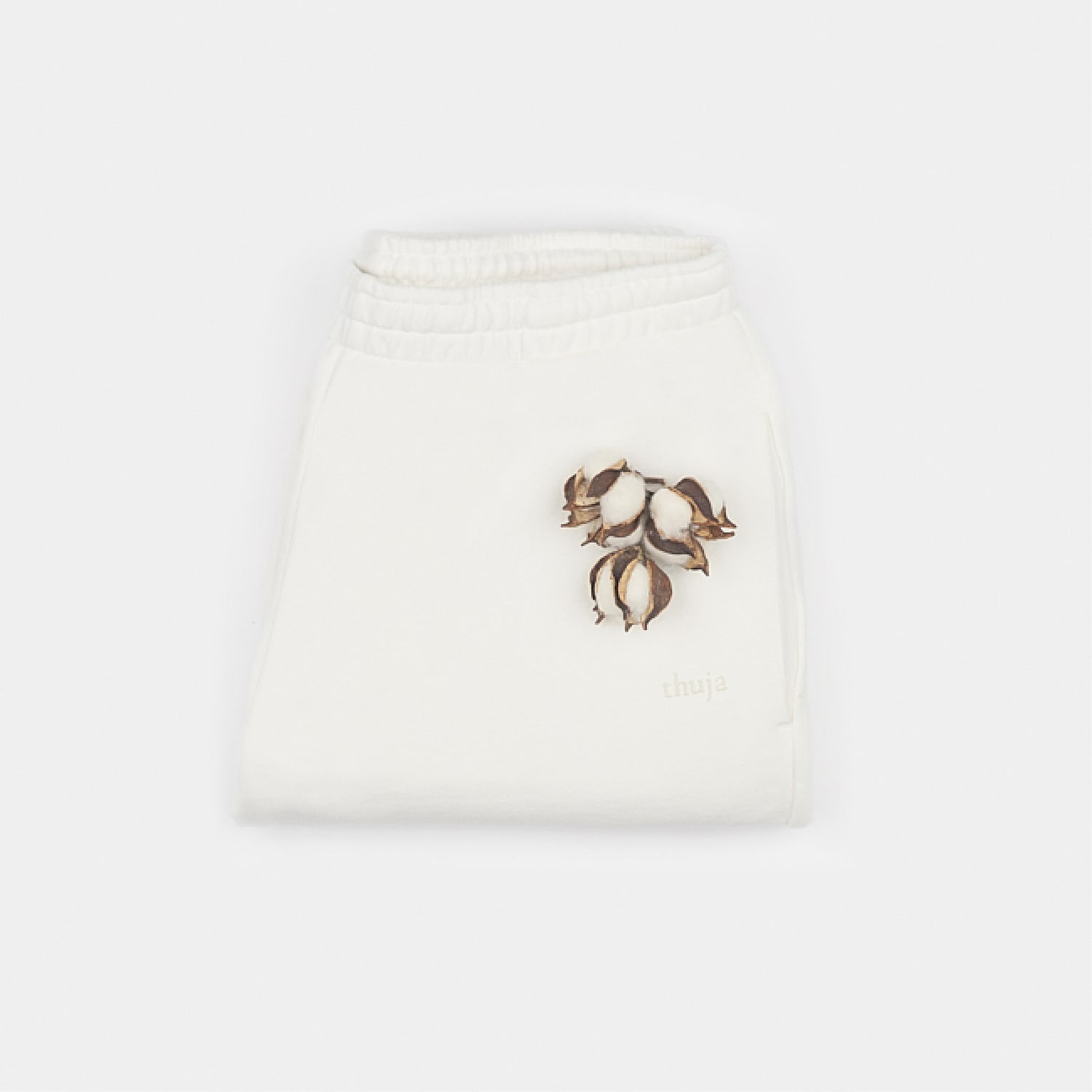
Soil health and skin health
No toxic chemicals are used in the cultivation of organic cotton. It does not damage the soil, has less impact on the air and uses 88% less water and 62% less energy. Conventional cotton instead uses about 16% of insecticides and 7% of pesticides and globally.
Among the synthetic substances mainly used there are pesticides, resins, heavy metals and toxic solvents that remain in the fabric even after washing and with the passage of time a part of these substances is absorbed by the human body and another part is released into the water. drainage from our washing machines. The cultivation of standard cotton is also harmful to the soil, as it disfigures its nutrients since in intensive cultivation the land is exploited until these resources are exhausted.
Clean water
By 2025, two-thirds of the world's population could face water shortages.
Organic cotton is 80% rain-fed, which reduces the pressure on local water sources. Furthermore, the absence of chemicals also means that the water is cleaner and safer.
Traditional cotton, on the other hand, is often grown in water-scarce areas using artificial irrigation, and it takes 2,700 liters of water on average to make a conventional cotton t-shirt.
Impact on the food system
Organic cotton is grown from organic cotton seeds. However, cottonseed oil is used in a variety of food products such as cookies, chips and vegetable oil and is also fed to livestock.
So while cotton fiber isn't something we introduce into our body directly, the byproduct can make its way into our diet.
Human rights and safe work
The cultivation of cotton and its processing take place mainly in underdeveloped countries, where large multinationals exploit cheap labor. Child labor, discrimination, trampled human rights. The farmers and communities of these places still live in a situation of "colonialism". The cultivation of organic cotton is more sustainable for the environment but also
more ethical from a social point of view, thanks to the standards imposed on workers' rights, it protects farmers and their families. In fact, workers are not exposed to toxic chemicals in the field or through their food and water supply.
The environmental pollution caused by the cultivation of standard cotton is clearly more felt in developing countries, where disinformation reigns, in addition to the scarcity of national laws to protect the environment and workers. Farmers are forced to pollute their own land, the land that provides them with food and water. Pollution causes disease and death due to long exposure to toxic substances, mainly used in cotton cultivation.
Human health is heavily affected by daily exposure to these harmful substances, especially where masks or other safety tools are not used, but it is good to know that these problems occur in intensive agriculture in general, not only in cotton cultivation.
On the contrary, the cultivation of organic cotton protects millions of farmers who work in this sector, thanks to the standards dictated by organic farming.
Certifications
Just because a garment is labeled green, sustainable or eco-friendly doesn't make it organic. Cotton clothing is organic only if it is certified to an organic cotton standard.
The organic cotton cultivation rules are very strict: in addition to excluding thousands of toxic substances and polluting processing processes, these rules protect the social aspect, especially in those countries where workers' rights do not exist, or where they are superficial.
Organic cotton is certified by international organizations such as the GOTS - Global Organic Textile Standard, a certification that plays a key role when it comes to sustainable fashion, and that we can also find on other natural fabrics: linen, silk, hemp and organic wool.
In addition to GOTS there are other textile certifications that attest to the organic origin of cotton such as OCS - Organic Content Standard: OCS (Organic Content Standard) provides the third party guarantee that the organic content in your clothes can be traced back to the source, while GOTS (Global Organic Textile Standard) tracks the organic content in your clothes and ensures it is processed socially and sustainably.
Performance differences
From the point of view of softness and breathability there should be no difference between organic cotton and standard cotton, even if the former is softer and more comfortable than the traditional one. Not being treated with harsh chemicals such as bleach and formaldehyde, and being "respected" at every stage of production, organic cotton is also hypoallergenic.
However, it is not true that organic cotton is more breathable than standard cotton: the quality of organic cotton varies by manufacturer, as does the quality of standard cotton and other fabrics. It is true, however, that in recent years fashion brands have cut production costs with a consequent loss of quality of cotton, especially in terms of wear resistance in the case of low-cost fashion products.
The price of sustainability
By purchasing organic cotton, you invest in water conservation, cleaner air, better soil and farmers' livelihoods.
The price of organic cotton is sometimes, but not always, higher and this is linked to the high production costs compared to standard cotton: organic cotton in fact requires more time, skill and dexterity, in almost all stages of production.
Even certification of organic origin usually has a high cost.
You can make a difference
Taking care of the world and the people we share it with is a life choice and choosing organic cotton is part of that.
In 2015, 26 million tons of cotton were produced globally, most of it for the garment industry.
Organic cotton makes up less than 1% of this. By choosing organic over conventional cotton you have the purchasing power to influence brands, producers and even farmers.
Our Results
Thuja has been using only 100% organic organic cotton since it was founded.
Farmers who grow their cotton without using harmful chemicals reduce their dependence on large agrochemical companies, such as Bayer-Monsanto and Syngenta, and reduce farm workers' exposure to potentially toxic and carcinogenic compounds.
Organically grown cotton uses solutions that respect nature and the environment to limit the use of pesticides and improve the quality of the soil instead of using the usual mixture of pesticides, herbicides, defoliant substances, synthetic fertilizers and GMO seeds that characterize the traditional cotton cultivation.
These methods support biodiversity and keep ecosystems healthy, improve soil quality and often use less water.
Compared to conventional cotton, there was a 45% reduction in CO2 emissions and an 87% reduction in water consumption with the widespread use of organic cotton.
